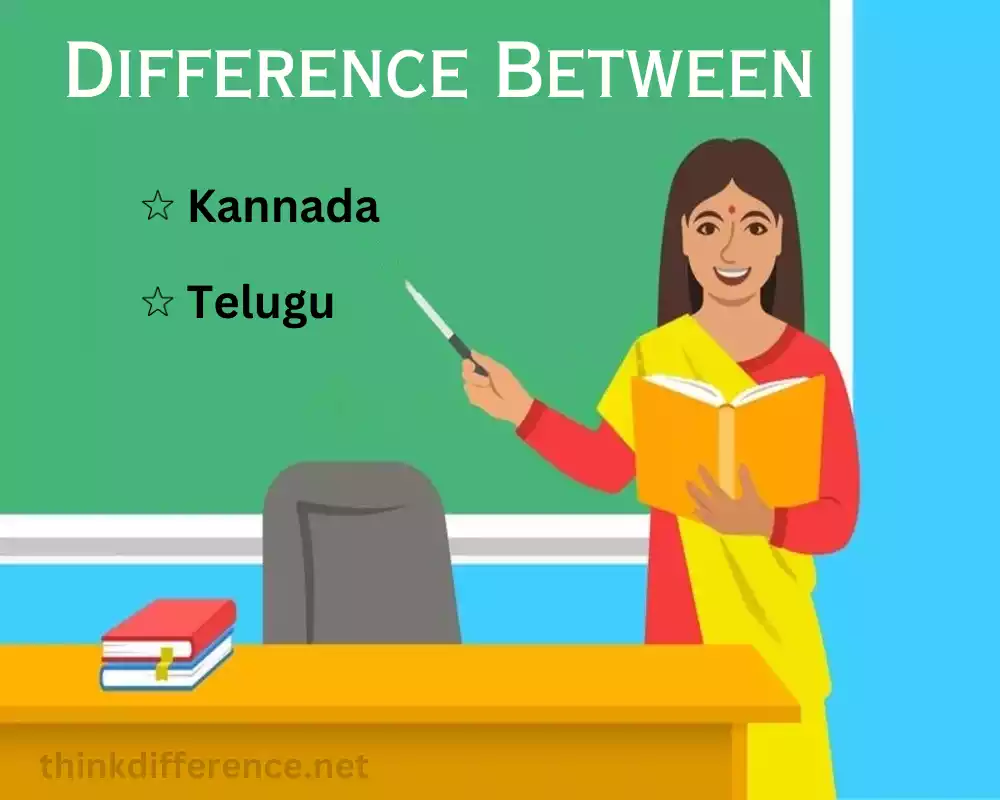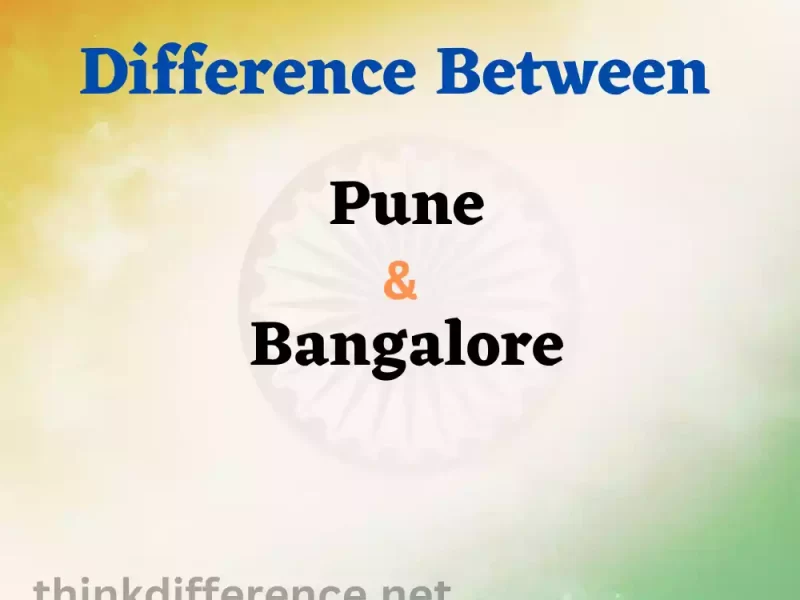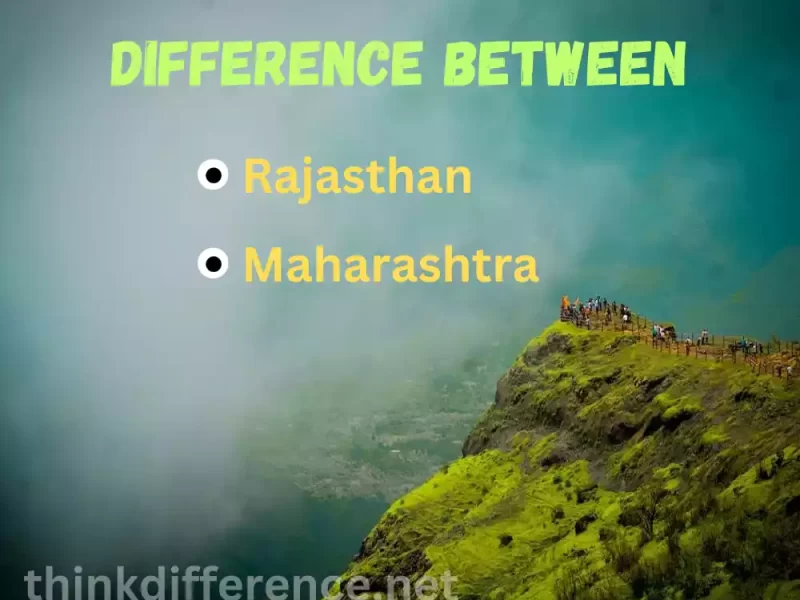The overview of Kannada and Telugu
Kannada and Telugu are two Dravidian dialects spoken across south India. Kannada primarily hails from Karnataka while Andhra Pradesh/Telangana speak Telugu predominantly. Both languages boast extensive literary canons as well as wide usage among government, education, media, and the military alike.
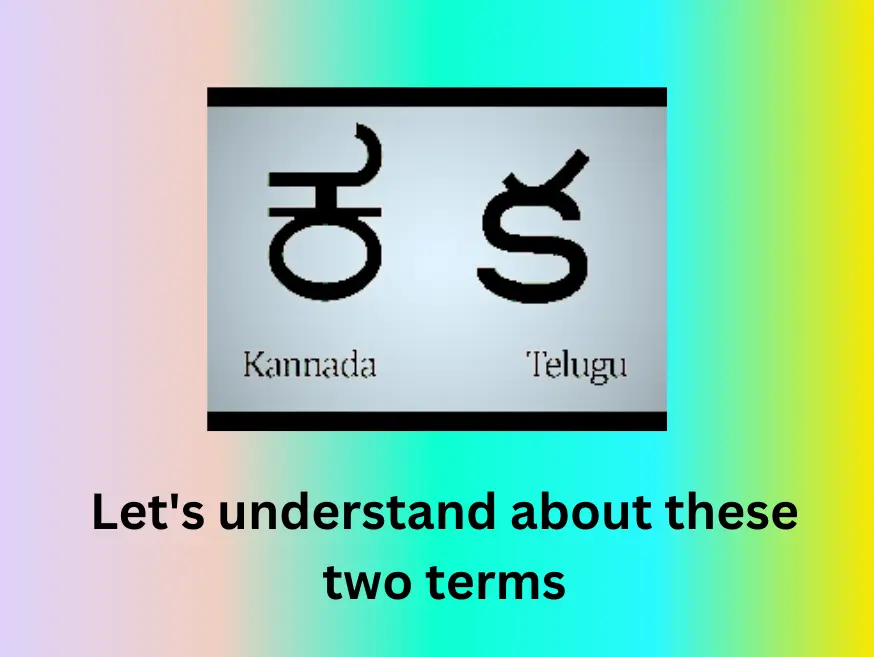
Both share many features similar to each other such as declension systems for nouns and conjugation for verbs – but differ significantly when it comes to grammar vocabulary pronunciation and culture – it is therefore essential that an understanding between Kannada/Telugu/other southern Indian languages allows effective communication as well as appreciating other southern cultures can only ever truly exist between us all!
Importance of understanding the difference between Kannada and Telugu
There are various reasons for understanding the differences between Kannada and Telugu.
- Effective Communication: Kannada is an ancient yet unique language with its vocabulary and grammar; understanding these differences will enable individuals to converse more efficiently with native speakers while also reducing confusion or miscommunications between native and non-native speakers.
- Appreciating Southern Indian Culture : Language is part of the culture; by understanding Kannada, Telugu, and other southern Indian dialects one can gain a greater appreciation of their cultures and traditions.
- Education and Career Opportunities: Knowledge of either Kannada or Telugu is highly sought after across many sectors, from education and government, business and media to media production. Southern Indians could greatly benefit from learning the difference between Telugu and Kannada to expand their career possibilities.
- Linguistic Diversity: Understanding Kannada, Telugu, and other languages to promote and appreciate linguistic diversity is vital to preserve and advance cultural and linguistic variety throughout southern India. Recognizing unique characteristics within each language allows individuals to appreciate them fully while contributing to cultural preservation and diversity preservation.
Difference between Kannada and Telugu
Background Information
- Geographic distribution of Kannada and Telugu: Kannada and Telugu are spoken widely across India. Telugu is most prevalently spoken in Andhra Pradesh, Telangana, and other southern Indian states.
- History of Kannada and Telugu: Kannada and Telugu languages both enjoy an extensive history in India; Kannada records go as far back as the 5th Century AD 7th Century for Telugu records. Both share rich literature traditions in Kannada boasting Kavirajamarga while Telugu produces works like Amuktamalyada respectively.
- Linguistic and Cultural Influences on Kannada and Telugu: Kannada has long been shaped by different languages and cultures; for instance, Sanskrit and Tamil had significant impacts, while Persian influence can also be felt through Telugu. Furthermore, cultural diversity within regions where these languages are spoken has had its share of effects resulting in unique features or variances among them both.
Phonetics and Phonology
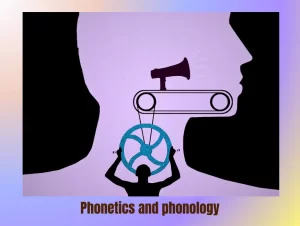
- Sound inventory of Kannada and Telugu: Kannada and Telugu share an approximately 45-50 phoneme sound inventory; both languages recognize voiced stops as well as unaspirated and aspirated sounds in each of these instances.
- Distinct Intentation and Pronunciation Differences: Kannada and Telugu have some distinct variations in intonation and pronunciation; Kannada features retroflex consonants while Telugu does not; Telugu additionally employs pitch accent while Kannada utilizes stress accent.
- Syllable Structure in Kannada and Telugu: Kannada and Telugu possess similar syllabic systems, both distinguished by a system of consonant clusters. Kannada allows for even more intricate clusters than Telugu does.
Kannada and Telugu differ when it comes to pronunciation. Their sound inventories (i.e. syllabic systems) share many similarities.
Grammar and Syntax
- Noun Declension: Both Kannada (India) and Telugu (India) employ an intricate noun declension system where different cases serve to indicate its grammatical function in any particular sentence, although there can be differences in the number and types of cases used between languages.
- Verb conjugation: Kannada and Telugu share similar systems for verb conjugation, using different tenses and aspects to express time, aspect, and modality. There may be differences in terms of verb classes as well as in their conjugated forms.
- Sentence Structure: Kannada and Telugu have similar sentence structures where words are organized as subjects-objects-verbs; there may be slight distinctions in how postpositions/case markers are utilized to highlight grammatical relationships.
- Vocabulary: While Kannada and Telugu share similarities in vocabulary due to cultural and historical influences, there are distinct variations when it comes to how words describe specific concepts or ideas.
Kannada and Telugu share many similarities, their respective systems vary considerably. Gaining a full appreciation of Kannada and Telugu requires understanding their distinctions to facilitate successful communication as well as recognize their individual qualities.
Vocabulary
- Similarities in vocabulary: Kannada and Telugu share many common words due to cultural and historical influences; both have borrowed terms from Sanskrit as well as nearby languages like Tamil and Hindi.
- Differences in vocabulary: Although Kannada and Telugu share many similar words, their vocabulary differs considerably in some respects; Kannada in particular features more loanwords from Persian and Arabic sources while Telugu tends to feature more from Urdu sources.
- Regional Variations: Kannada and Telugu both exhibit regional variations to their vocabulary; words and expressions may change depending on your region or dialect; for instance, northern Karnataka might use different terms than its southern counterpart when discussing Kannada words and expressions.
- Contextual Differences: Kannada and Telugu vocabulary can vary depending on context and situation; formal vocabulary used in business environments might differ significantly from informal usage in social gatherings, for instance.
Communication skills are paramount, particularly when working across various dialects and registers.
Writing Systems
- Kannada writing system: Kannada writing system derives its script from Brahmi, written left to right with 49 letters including 13 vowels, 36 consonants, and 39 consonants (including multiple conjunct letters that combine multiple sounds into a single sound ).
- Writing System of Telugu: Telugu uses an abugida script derived from Brahmi that reads left to right and features 56 letters – 16 consonants and 40 vowels, plus conjunct letters that combine multiple letters to produce single sounds.
- Distinctions between writing systems: Although both Kannada and Telugu share an ancient Brahmi heritage, there are distinct writing system differences. Kannada uses complex vowel markings with different signs for short and long vowels while Telugu utilizes diacritics symbols instead.
- History: Kannada and Telugu alphabets have evolved with time with the addition of new characters and modifications of letter forms; Kannada in particular saw significant modifications throughout history until finally standardising in the early twentieth century.
Understanding Kannada and Telugu writing systems is integral for reading, writing, and appreciating both languages’ cultural significance.
Culture and Society
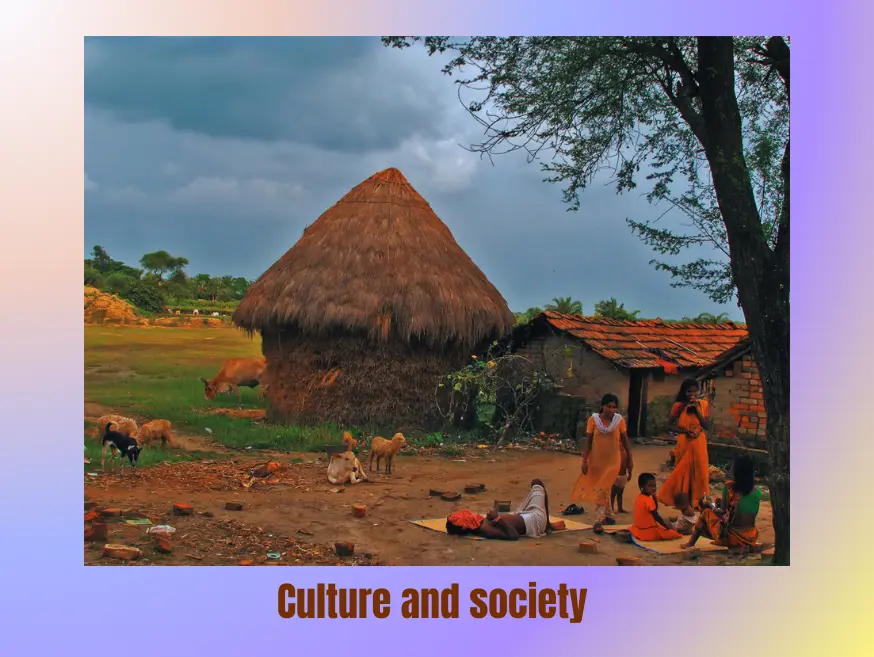
- Influences from History and Culture: Kannada has been significantly shaped by India’s rich cultural past, particularly Mauryan India, Chalukyas dynasties such as Rashtrakutas and Vijayanagara, Vijayanagara Empires.
- Festivals & Traditions: Kannada and Telugu both boast extensive traditions for festivals and celebrations, such as Diwali and Dussehra which are celebrated with great gusto in these cultures. Each celebration boasts distinct customs and traditions important for maintaining culture among their respective populations.
- Literature & art: Both Kannada & Telugu boast rich literary/art traditions that include notable contributions in fields like poetry, drama, music and more. Both languages have produced some incredible literary works including those by Pampa Sarvajna Tyagaraja as well as Annamayya Tyagaraja in Kannada while Tyagaraja composed some great poetry works in Telugu as well.
- Society: Kannada and Telugu cultures place great value in family life and community ties, with customs and traditions often centering around this theme. Both languages share strong joint family structures as well as practices centered on arranged marriages for women who marry outside their community; extended families play an essential part in an individual’s life.
Understanding Kannada or Telugu culture and society is vital to fully appreciate the richness, diversity, and values shared amongst its speakers.
Conclusion
Kannada and Telugu are two extraordinary languages that have withstood the test of time and continue to enchant millions with their beauty and depth. As we delved into their origins, unique features, literary contributions, and cultural significance, it became evident that these languages are not just means of communication but reflections of a rich and diverse heritage.

